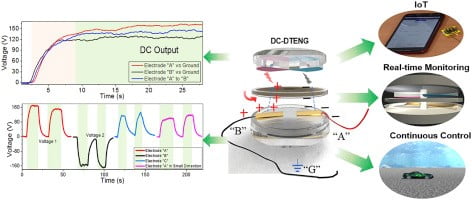Introduction
Why Virtual Reality? We must change our working practices to keep up with the changing environment. In the last year and a half, many of us who used to work in offices have gone remote. While we miss having face-to-face interactions with our coworkers, hybrid and remote work are here to stay.
Working from home allows you to work from anywhere. Still, it also has its drawbacks, such as feelings of loneliness and isolation, as well as trouble focusing in distracting home conditions. As a result, we’ll need better collaboration tools—technologies that allow us to be more productive, be present and connected with our coworkers, and maintain our remote work flexibility. This is where the capabilities of virtual reality can help unlock a door.
The potential of Virtual reality
Virtual reality has the potential to transform a variety of industries, such as online gaming, healthcare, and education. Users can immerse themselves in lifelike virtual settings, allowing for unprecedented levels of participation and involvement. Virtual reality headsets, for example, are already being used in the gaming industry to provide more immersive and realistic experiences.
In the medical field, VR technology is being used for a variety of applications, including distraction-free pain management and surgeon training. Virtual reality’s potential is clear, despite the fact that technology is still in its early phases. As virtual reality technology advances, it will undoubtedly have a greater impact on daily life.
The power of Virtual reality
Virtual reality has power in different aspects of life; some are discussed below.
VR in Education Technology
Virtual reality technology has the potential to change the way people learn. VR may create a compelling and dynamic learning experience unlike any other by immersing pupils in realistic simulations. Furthermore, virtual reality (VR) can be utilized to educate a broad variety of subjects, including history, physics, math, and programming.
In fact, several schools are already utilizing VR technology to provide students with hands-on learning opportunities in a range of areas. Additional educational uses are likely to emerge as technology advances, giving students around the world fresh and exciting ways to learn.
VR in Healthcare Training

The healthcare industry is set to use virtual reality in medical student and professional training scenarios. Users can get a realistic feel of what it’s like to work in diverse healthcare environments with VR’s immersive experience, which can help them better grasp and learn difficult processes. Furthermore, VR models may be adapted to specific learning styles and demands, enhancing the efficiency and effectiveness of the learning process.
VR in Transportation Industry

Driver instruction is one of the most exciting applications of virtual reality in transportation. The effect of adopting VR technology to experience a range of circumstances without risking oneself or others can be highlighted by drivers. This hands-on learning opportunity has the potential to improve road safety.
VR is also being used to make virtual prototypes of autos and infrastructure projects. Engineers and planners can use this information to test designs and make adjustments before they are built. As a result, transportation projects can save time and money while also boosting their efficiency and effectiveness.
Future of VR
Virtual reality’s future discusses how technology will be utilized to create realistic visuals, situations, and products in the future. VR is employed in a variety of settings, including entertainment, education, healthcare, business, and military operations. This business is expected to be valued at $34 billion in the coming year. VR has grown in popularity over the years and is anticipated to continue to do so in the future.
conclusion
A software interacting experience that takes place in a virtual environment is known as virtual reality. It uses data Gloves, a head-mounted display, and other devices to create realistic sights, sounds, and other experiences that match the real environment or create a fictional setting.
Virtual reality may be used in the future for a variety of purposes, including training programs, educational experiences, gaming experiences, and even virtual tourism. VR has the potential to revolutionize how we interact with the world.
Finally, when it comes to generating realistic surroundings, VR technology is yet to be developed. The immersion factor can be lowered if texturing, lighting, and music appear unnatural. Despite these drawbacks, Virtual Reality has a lot of potentials, and developers are working hard to address them. We are expecting to witness tremendous advances in the field of virtual reality in the next years.
Related Article: Augmented Reality
